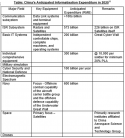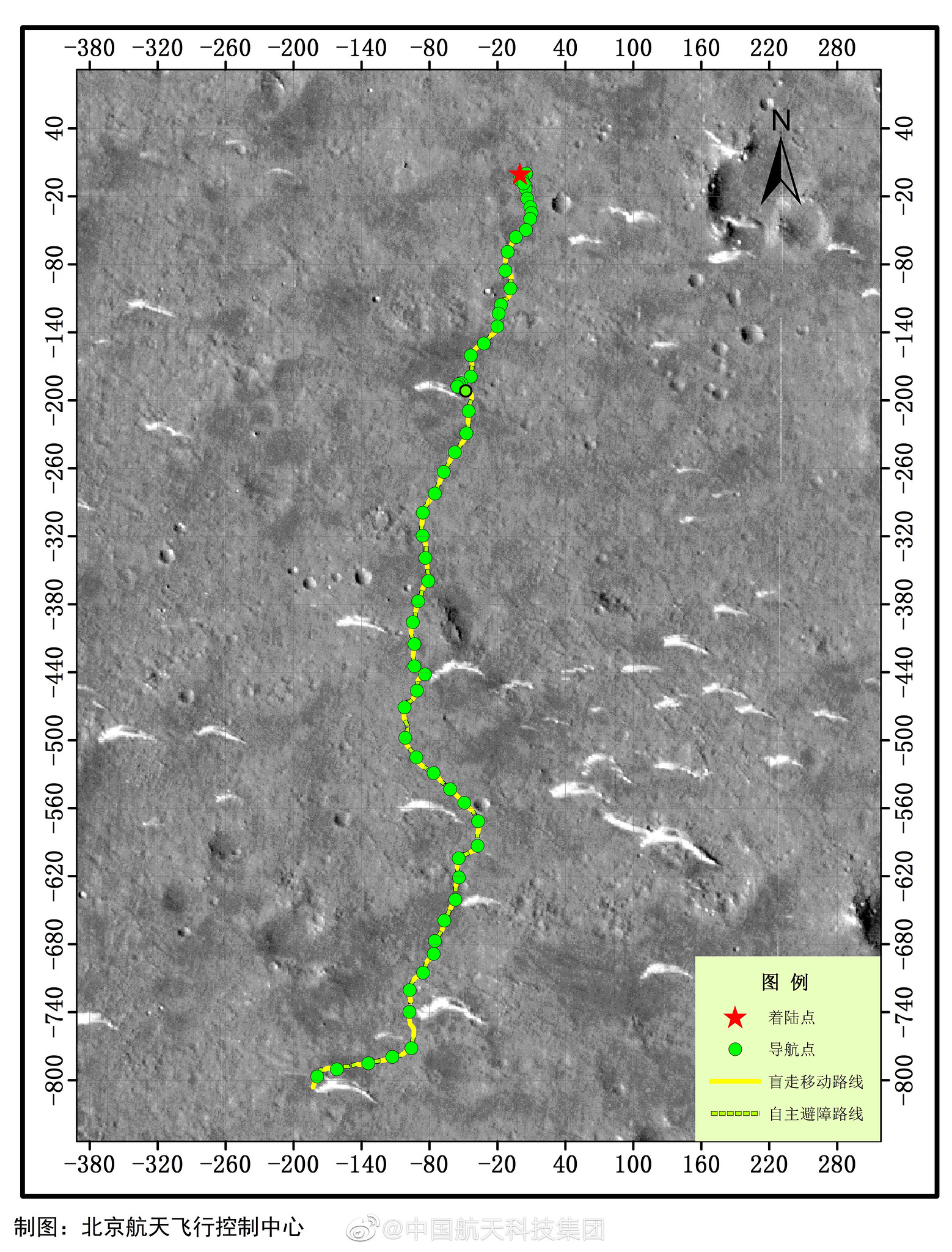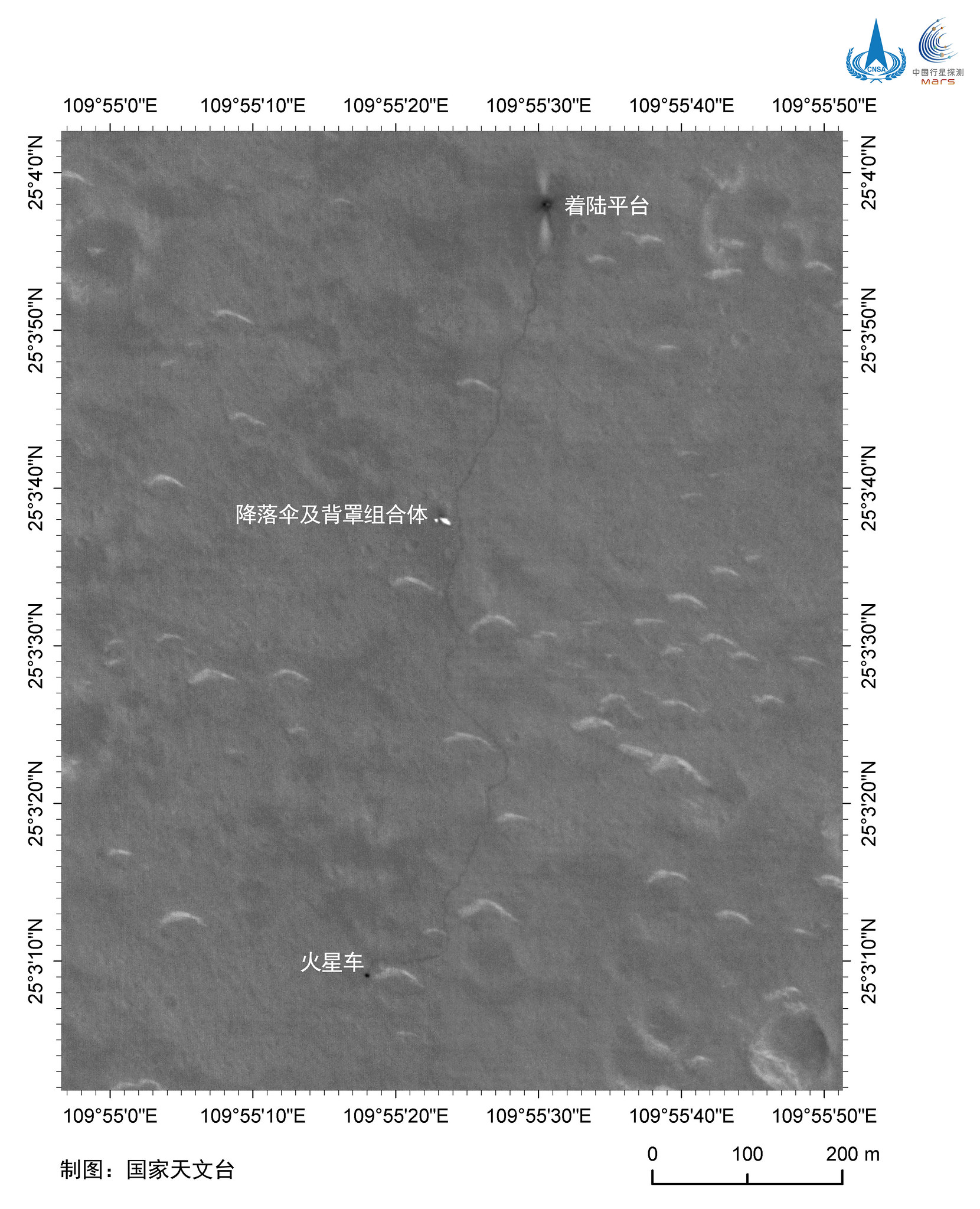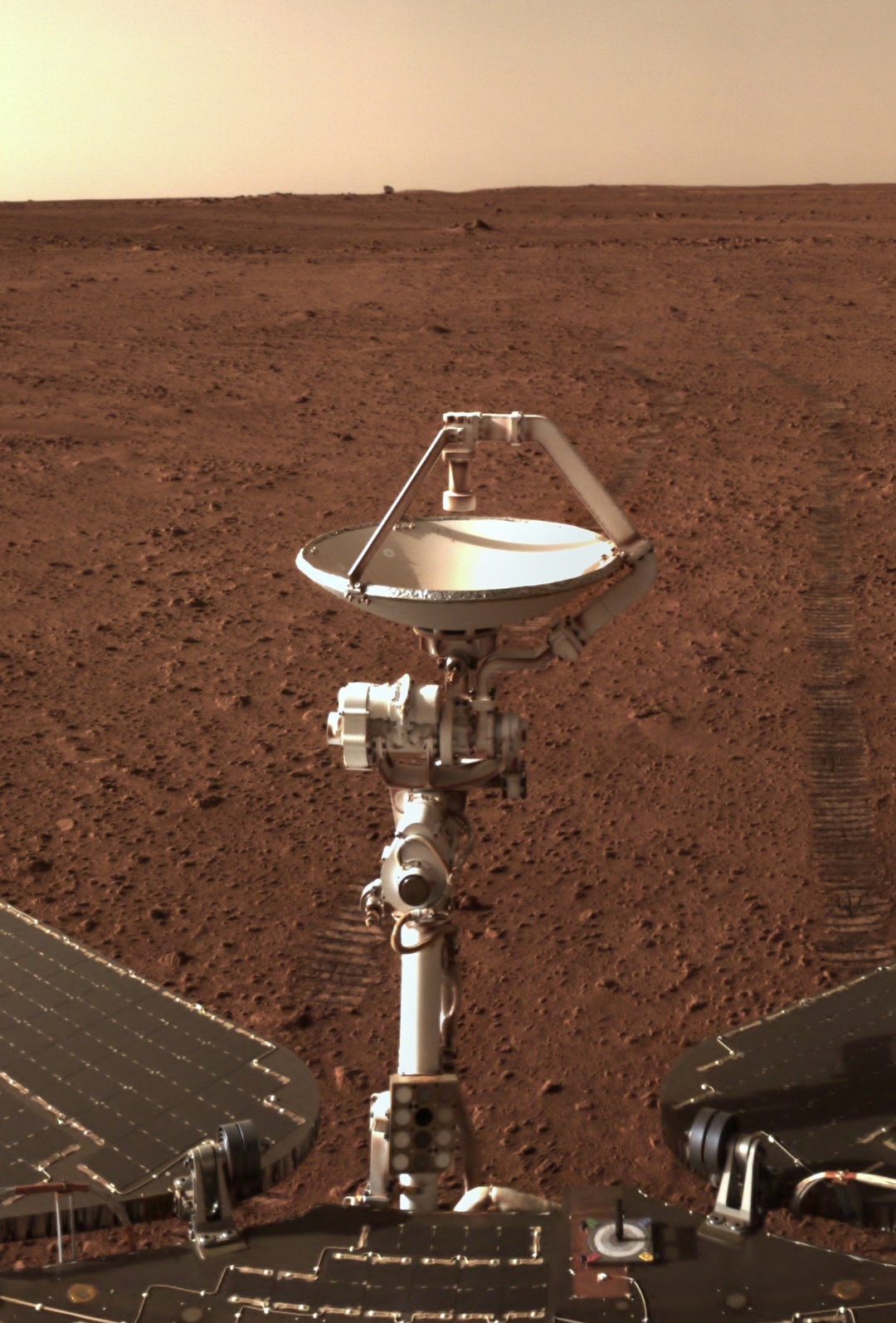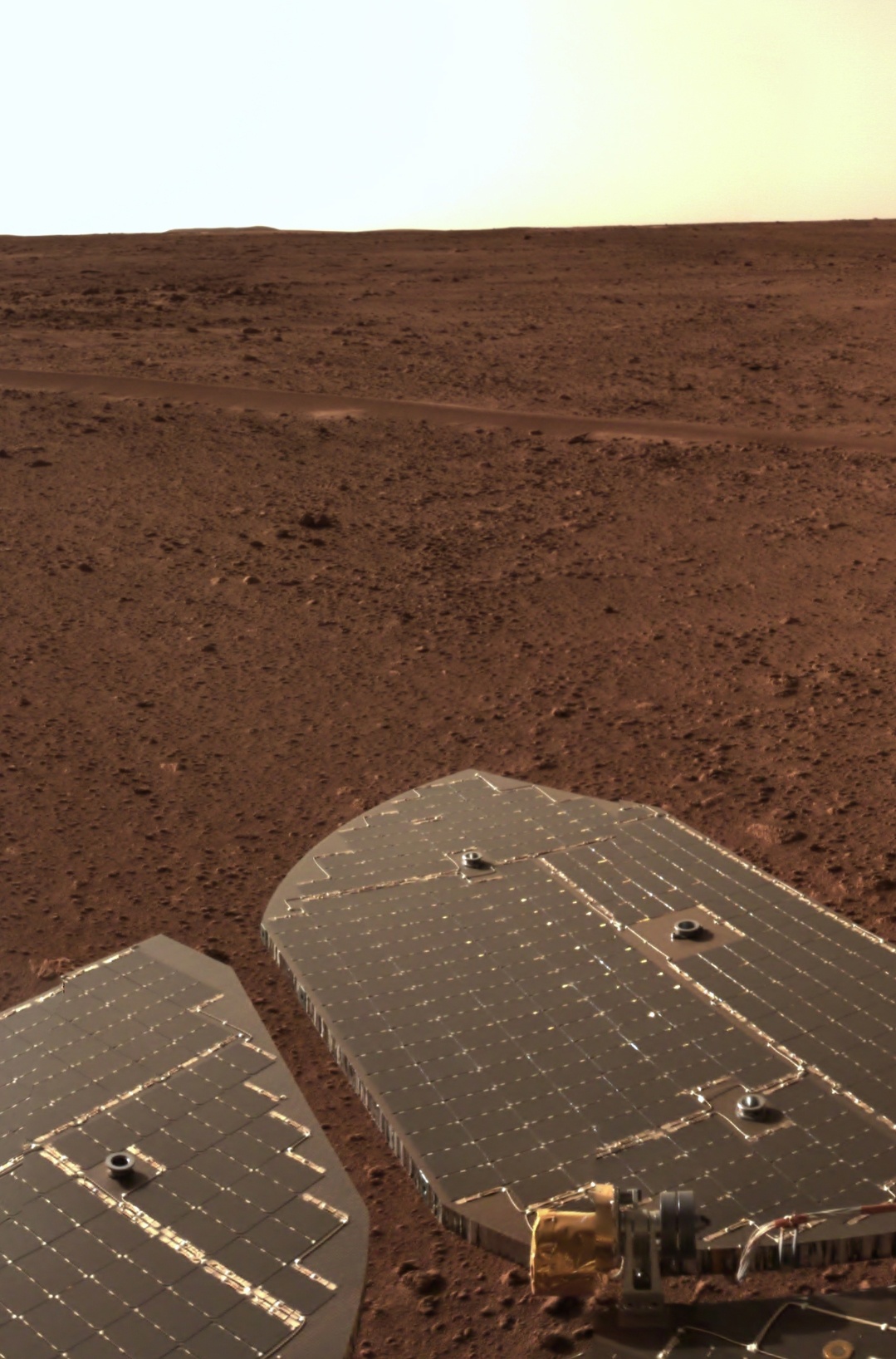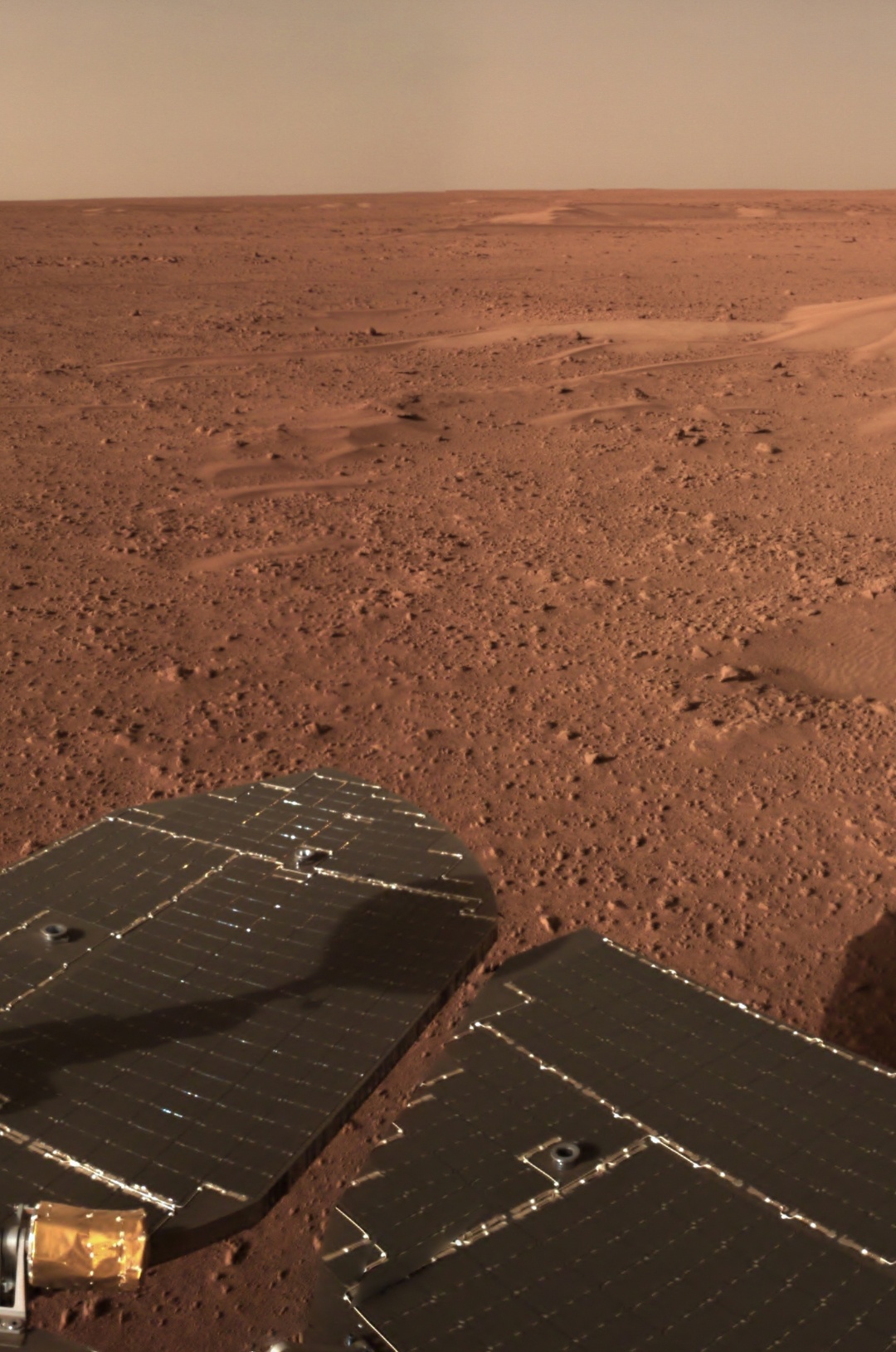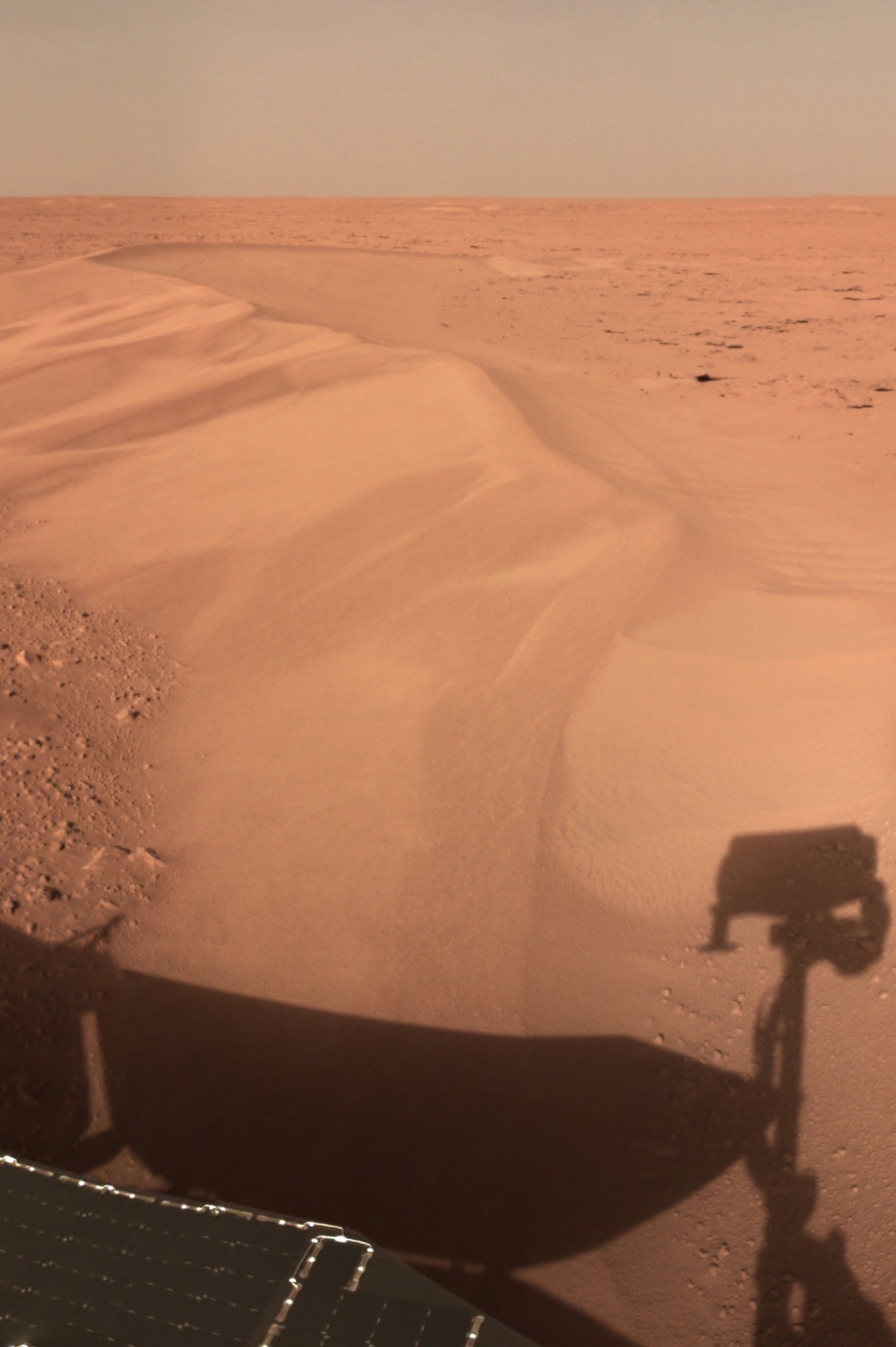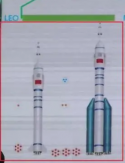Lecture by Long Lehao on 29th of August. Two things worth to note:
- First prototypes of YF-130, YF-135 and YF-90 are produced. It seems that YF-135 is being developed in parallel with YF-130, meaning that maturity of first stage engine is not going to affect the schedule.
- No mentioning of 120t LOX/LH2 engine. It seems that YF-90 will continue for 2nd stage.
- 双机(due engine) and 单机(single engine) should have been 双室(due chamber) and 单室(single chamber).
- 氧油(oxygen oil) should have been 液氧煤油 (Liquid Oxygen Kerosene). Nobody uses 氧油 for short.



